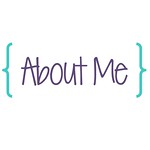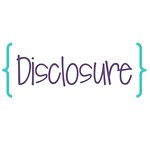After working with my Tier 3 third graders, I realized they had some major gaps in their understanding of phonics. These gaps included knowing when a vowel is short or long, r-controlled vowels, vowel digraphs, dipthongs, and consonant digraphs. I have been using a variety of instructional strategies to help fill these gaps.
First, I made an alphabet board. I got the idea from Fundations, but this is way cheaper. I made the letters out of notecards. I made the vowels different colors to help with visual recognition and patterns. Now that I have gotten more into vowel digraphs, I made a second set of vowels. Slowly I have been introducing new phonics patterns and cumulatively reviewing those already introduced. I simply make the word, and students identify the word.
Then, students have an opportunity to make the words on their own, using these "Make-a-Word" folders. You can read more about this activity and find materials in my previous post here.
In my opinion, Words Their Way is one of the greatest phonics resources around. You can choose to follow a structured program, or pick and choose the elements that you need - which is exactly what I have been doing. The book has resources organized by phonics patterns, including sorts and games. One of my favorite elements is the Sounds Board.
We use this sound board as a quick drill/review of the common phonics patterns. It is a nice little overview and includes great visuals with example words that demonstrate each particular phonics pattern.
My students also sort a variety of words. We have mastered the short vowels and are beginning to work on the long vowel patterns. We continue to review the short vowel patterns though. Without constant review and repetition, they will begin to forget the patterns they have already learned.
The key here is to develop your phonics instruction based upon the needs of your students. For example, my students understand blends. I do not need to spend a significant amount of time on these. Another key element is to also point out when these phonics patterns appear during our actual reading. Remember, the goal of phonics is reading!
How do you help your students fill in those phonics gaps?










I completely agree with what you say about knowing what your students are already good at and moving on from there. I really like using the Reading Eggs program and ABC magic app for phonics "centers" but I like to warm up with a bingo game or dice game to get a sense of who needs more help. It seems like one day we know the /at/ family and the next day we don't!
ReplyDelete-Maria
I really need to focus on phonics with my third graders too. I don't think they have a good handle on it at all, but the focus has to shift to "testing" since we start right after spring break. They had gotten "word study" since kindergarten, but I don't think it was done enough for them to gain appropriate knowledge of it. The teachers focused solely on leveled readers and didn't focus on those important phonics features enough.
ReplyDeleteThanks for the reminder of what we really need to be doing to have good readers!
Andrea
Reading Toward the Stars